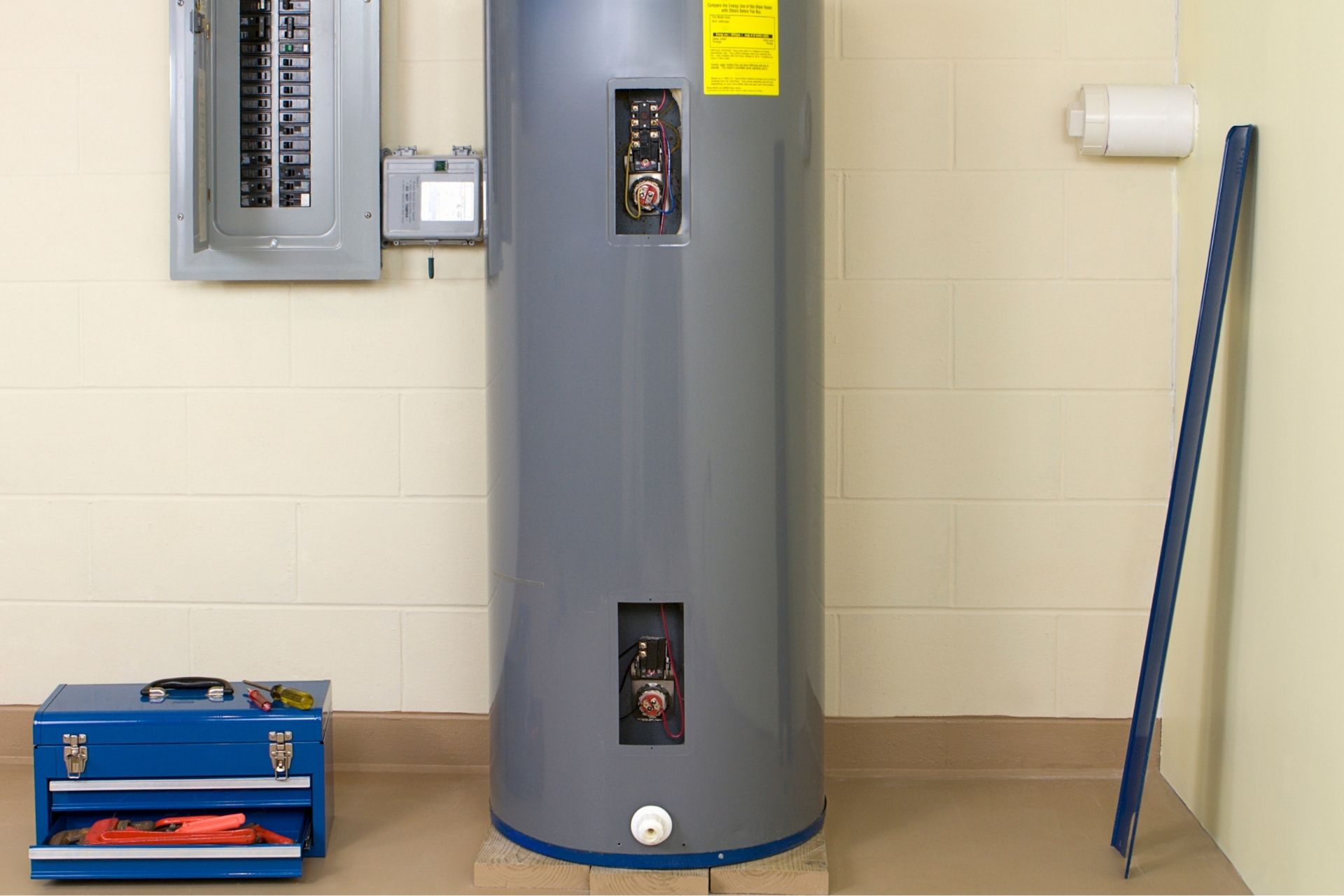Do you find yourself looking for details involving How to Maintain Your Water Heater & Prolong its Life?

Hot water is crucial for day-to-day comfort, whether it's for a rejuvenating shower or washing dishes. To ensure your hot water system runs successfully and lasts longer, regular upkeep is crucial. This write-up supplies sensible suggestions and insights on how to preserve your home's warm water system to avoid disturbances and pricey repair services.
Intro
Maintaining your home's hot water system may seem challenging, yet with a couple of easy actions, you can ensure it operates smoothly for years ahead. This guide covers everything from comprehending your warm water system to DIY maintenance pointers and recognizing when to call in expert aid.
Significance of Keeping Your Hot Water System
Normal upkeep not just prolongs the lifespan of your warm water system yet also guarantees it operates efficiently. Neglecting maintenance can bring about decreased efficiency, greater power bills, and even early failing of the system.
Signs Your Warm Water System Demands Maintenance
Understanding when your warm water system needs focus can prevent significant concerns. Look out for indications such as irregular water temperature level, odd sounds from the heater, or rustic water.
Recognizing Your Warm Water System
Before diving into upkeep jobs, it's useful to comprehend the standard parts of your hot water system. Usually, this consists of the water heater itself, pipes, anode rods, and temperature controls.
Month-to-month Upkeep Tasks
Normal monthly checks can assist capture small problems prior to they rise.
Flushing the Water Heater
Flushing your hot water heater removes sediment buildup, enhancing efficiency and extending its life.
Checking and Replacing Anode Rods
Anode rods stop rust inside the container. Checking and replacing them when broken is crucial.
Inspecting and Changing Temperature Settings
Readjusting the temperature level settings guarantees optimum efficiency and security.
Do It Yourself Tips for Upkeep
You can do numerous upkeep tasks on your own to maintain your warm water system in leading condition.
Checking for Leakages
Consistently check pipes and links for leaks, as these can result in water damages and higher expenses.
Checking Pressure Relief Valves
Examining the pressure relief valve ensures it operates appropriately and protects against extreme stress build-up.
Insulating Pipes
Shielding warm water pipelines minimizes heat loss and can save power.
When to Call a Specialist
While do it yourself maintenance is useful, some concerns require professional proficiency.
Complex Concerns Needing Professional Assistance
Examples consist of major leakages, electric problems, or if your hot water heater is constantly underperforming.
Regular Professional Upkeep Benefits
Professional upkeep can include complete assessments, tune-ups, and making certain conformity with safety criteria.
Final thought
Normal maintenance of your home's warm water system is necessary for effectiveness, longevity, and expense savings. By complying with these tips and understanding when to seek specialist assistance, you can make sure a trusted supply of warm water without unanticipated disturbances.
How to Maintain an Instant Hot Water Heater
Before tinkering with your hot water heater, make sure that it’s not powered on. You also have to turn off the main circuit breaker and shut off the main gas line to prevent accidents. Also turn off the water valves connected to your unit to prevent water from flowing into and out of the appliance. 2. When you’re done, you have to detach the purge valves’ caps. These look like the letter “T†and are situated on either side of the water valves. Doing so will release any pressure that has accumulated inside the valves while at the same time avoid hot water from shooting out and burning your skin. 3. When the purge valves’ caps are removed, you have to connect your hosing lines to the valves. Your unit should have come with three hoses but if it didn’t, you can purchase these things from any hardware or home repair shops. You can also get them from retail stores that sell water heating systems. Read the user’s manual and follow it to complete this task properly. When the hosing lines are connected, open the purge port’s valves. 4. You should never use harsh chemical cleaners or solutions when cleaning your unit. Make use of white vinegar instead. It should be undiluted and you’ll probably use about 2 gallons. 5. Now flush your water heater. This task should probably take about 40 minutes. We can’t give you specific directions for this because the procedure is carried out depending on the type, model and brand of your heater. With that being said, refer to the user’s manual. 6. When you’re done draining the unit, you have to turn off the purge port valves again. Remove the hosing lines that you earlier installed on each of the water valves. Put the valve caps (purge port) back in their respective places and be very careful so as not to damage the rubber discs that are found inside these caps. 7. Now that everything’s back in place, check your user’s manual again to find out how to reactivate your water heating system. 8. Once it is working, turn one of your hot water faucets on just to let air pass through the heater’s water supply pipes. Leave the tap on until water flows smoothly out of it. https://www.orrplumbing.com/blog/2014/september/how-to-maintain-an-instant-hot-water-heater/

Hopefully you enjoyed our topic on What Kind of Maintenance Do Water Heaters Need?. Many thanks for finding the time to browse our article post. Don't hesitate to take the time to distribute this blog if you liked it. I take joy in your readership.
Click Here